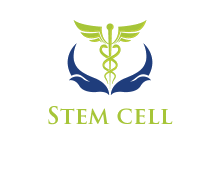
"STEM CELL RESEARCH CAN REVOLUTION-ALIZE MEDICINE"
- RON REAGAN

The human body is composed of trillions of different types of cells, there are groups of undifferentiated biological cells that can differentiate into specialized cells and divide with nearly no limit through mitosis. Do you know what are they?

In adult organisms, stem cells and progenitor cells act as a repair system for the body, replenishing adult tissues. In a developing embryo, stem cells can differentiate into all the specialized cells — ectoderm, endoderm and mesoderm — but also maintain the normal turnover of regenerative organs, such as blood, skin, or intestinal tissues.
Both types are generally characterized by their potency, i.e. potential to differentiate into different cell types such as skin, muscle, bone, etc.
STEM CELLS
Stem cells are distinguished from other cell types by two important characteristics. Firstly, they are unspecialized cells capable of self-renewing and multiplying with no limit to cell division. Secondly, they are able to develop into specialized cells and become tissue- or organ-specific cells with special functions under stimulation. They are found in multicellular organisms. In mammals, there are two broad types of stem cells: embryonic stem cells isolated from the inner cell mass of blastocysts, and adult stem cells found in various tissues.










